We asked for mixing tips and production advice from engineers for Adele, New Order and Queens of the Stone Age: "I can’t count how many times I've used demo vocals in the final version"
Join us as we gather some of the best studio minds to come up with some incredible insider tips on all aspects of music production

The age-old question in music production is “why doesn’t my music sound as good as my favourite artist’s?”. It’s the creation of what you think is the greatest piece of music ever, and then that moment when you A-B it with the work of your go-to musical hero, the quality level of which you were aiming at all along. But your music is just not ‘there’, not as loud, as present, as well mixed… it just doesn’t sound ‘pro’. So what are you going to do about it?
The obvious 21st-century solutions are to sign up for a course, read dozens of features online, or watch a gazillion YouTube videos with ‘experts’ who claim to have the answers if you dive in, like and subscribe. Or, what you could do, is ask the actual experts. And that’s what we are doing with this feature: simply asking a range of artists, engineers and producers who have, in one way or another, been there, seen it and done that. Or more importantly heard it and solved it.
They’ve all come face to face with exactly the same dilemma as we and you have had with music – how to raise the production stakes – but they’ve broken through, successfully tweaked, organised, mixed and mastered their craft to the point where they are making a living from it. And in some cases a pretty good one.
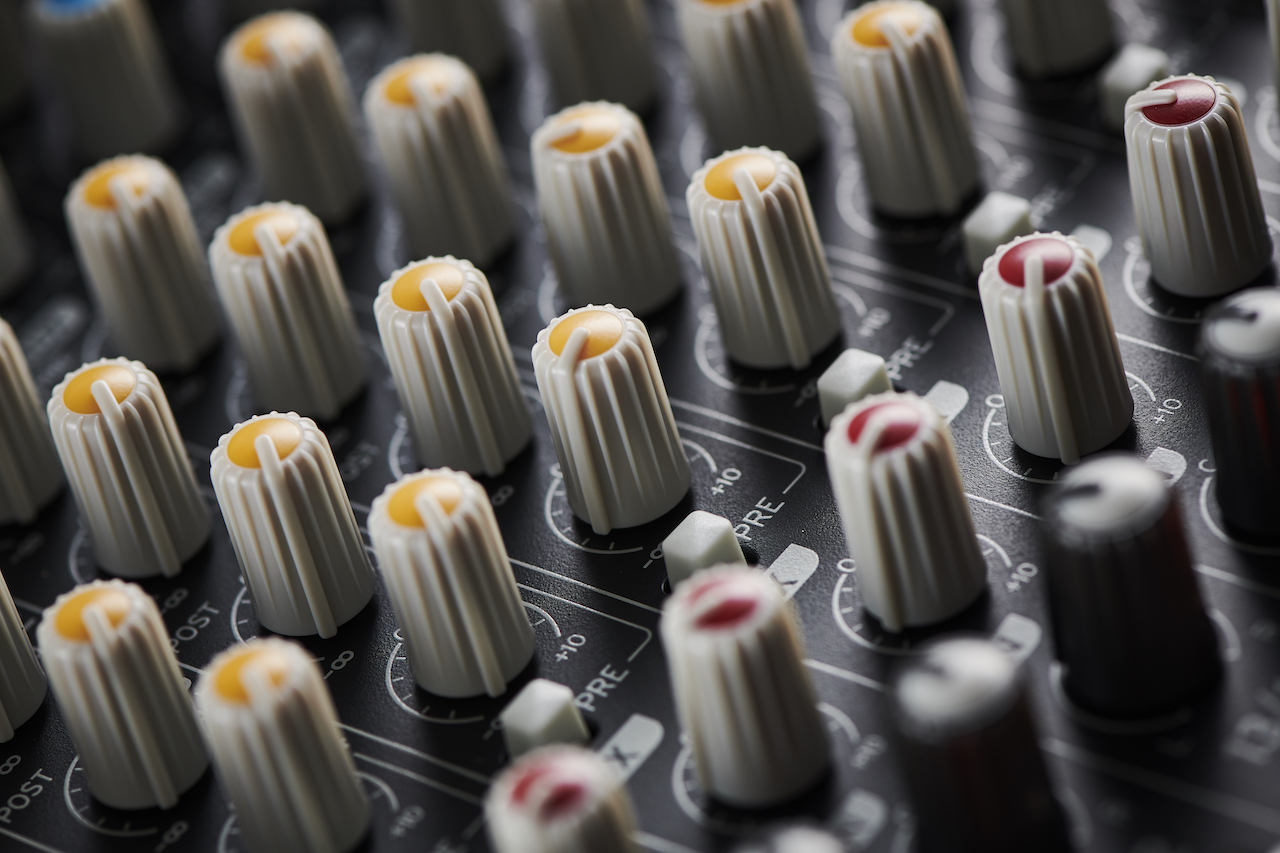
So pause your videos, drop your tablets and prepare to hear some words of wisdom, some sage studio nuggets from the experts; ‘horse’s mouth’ tips to help you turn your ideas, rough demos and potential masterpieces into release-ready, stream-ready, and definite door-opening downloads.
It’s all in the prep
The first must-do action our experts advise before anything else in music production is to get organised, and this goes down to DAW level.
Producer/engineer Mark Rankin is a stickler for getting everything prepped before an EQ is tweaked: “I set up the session with correct tempo, then organise and colour code the files. My system is drums (in order of kick, snare, hi-hat, toms, overhead and room mics), then bass, guitars, keys, strings, fx, lead vocals, backing vox and effect sends.

“Then I’ll run through the song and add markers that are numbered so I can easily jump between sections. The aim is to be able to navigate around the song with ease, because if I have an idea, I want to move fast.”
Want all the hottest music and gear news, reviews, deals, features and more, direct to your inbox? Sign up here.
“When I start work on a mix the first thing I do is get the session prepped,” agrees producer/engineer Rhiannon Mair. “I load the stems into Pro Tools, check each track, and label everything, including group stems. Sometimes I use a session template with my auxes and go-to plugins ready to go. I like to get the ‘admin’ part of the mix done before I start EQ or compression.”
Templates are indeed a brilliant way to get organised and save time at the start of your session. Pretty much every DAW lets you set up template sessions – basically your own bespoke setups with maybe channels all set up with your favourite instruments, EQs and compressors, and guitar and vocal record input channels and sends set up with favourite plugin effects.
Simply set aside a morning to create a template for each of your different working practices and you will save this admin time at the start of each session. We have some template essentials laid out in our first step-by-step walkthrough, as below.
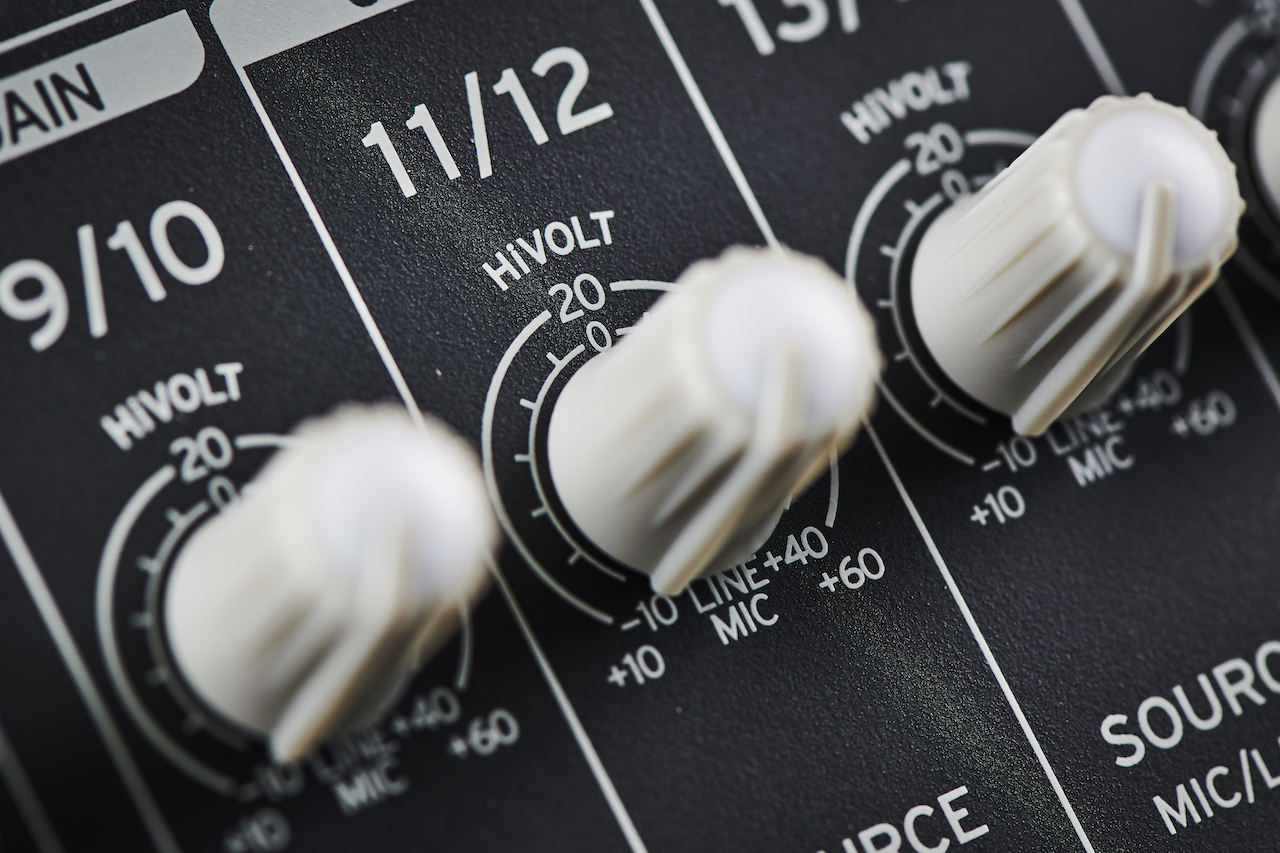
Vocal recording
One thing all of our experts agree on is that vocals can make or break a track, and it all comes down to the quality of the recording. An early consideration, they say, is the room your vocalist is in, and Rhiannon’s advice is to try and find the least reflective space possible.
“I always prefer to get vocals sounding as dry or natural as possible as it makes the mixing process far easier. If you don’t have access to a studio then recording vocals in a bedroom can sound OK or using something like a reflection shield helps massively. Back when I was at uni I used to hang a duvet in my bedroom cupboard and set up a mic in there and it sounded alright.
“I’ve always preferred getting the vocal to sound great beforehand by picking a mic and preamp that suits the vocalist and sits well in the track. All I usually need is gentle compression and EQ as all of the hard work has already been done.”

Mark Rankin has recorded possibly the most famous vocalist on the planet in Adele and he advocates compression all the way. “It helps a lot when recording vocals but it’s easy to overdo it. I like to give the singer something to push against, so I’ll have a compressor on the input chain that is hitting the loudest parts -3dB to -6dB, nothing crazy. But then I’ll have an aggressive compressor on the monitor chain that’s not being recorded but is being sent to headphones. This gives the ‘finished’ vocal sound, but is a bit of a safety net and can be dialled back later if something is too much.”
Demo issues
A lot of our producers and mix engineers might find themselves having to work from existing recordings, and receive demos of varying quality that they have to mix into shape or use as a starting point. So what is the most common issue when it comes to demos when they receive them?
Mark Rankin adds: “From a mix point of view, it’s usually a lack of dynamics or sound issues with tracks sounding muddy or thin. It often comes down to the fact that people have spent a lot of time and energy to get it to where it is, and now perhaps can’t quite see the wood for the trees.”
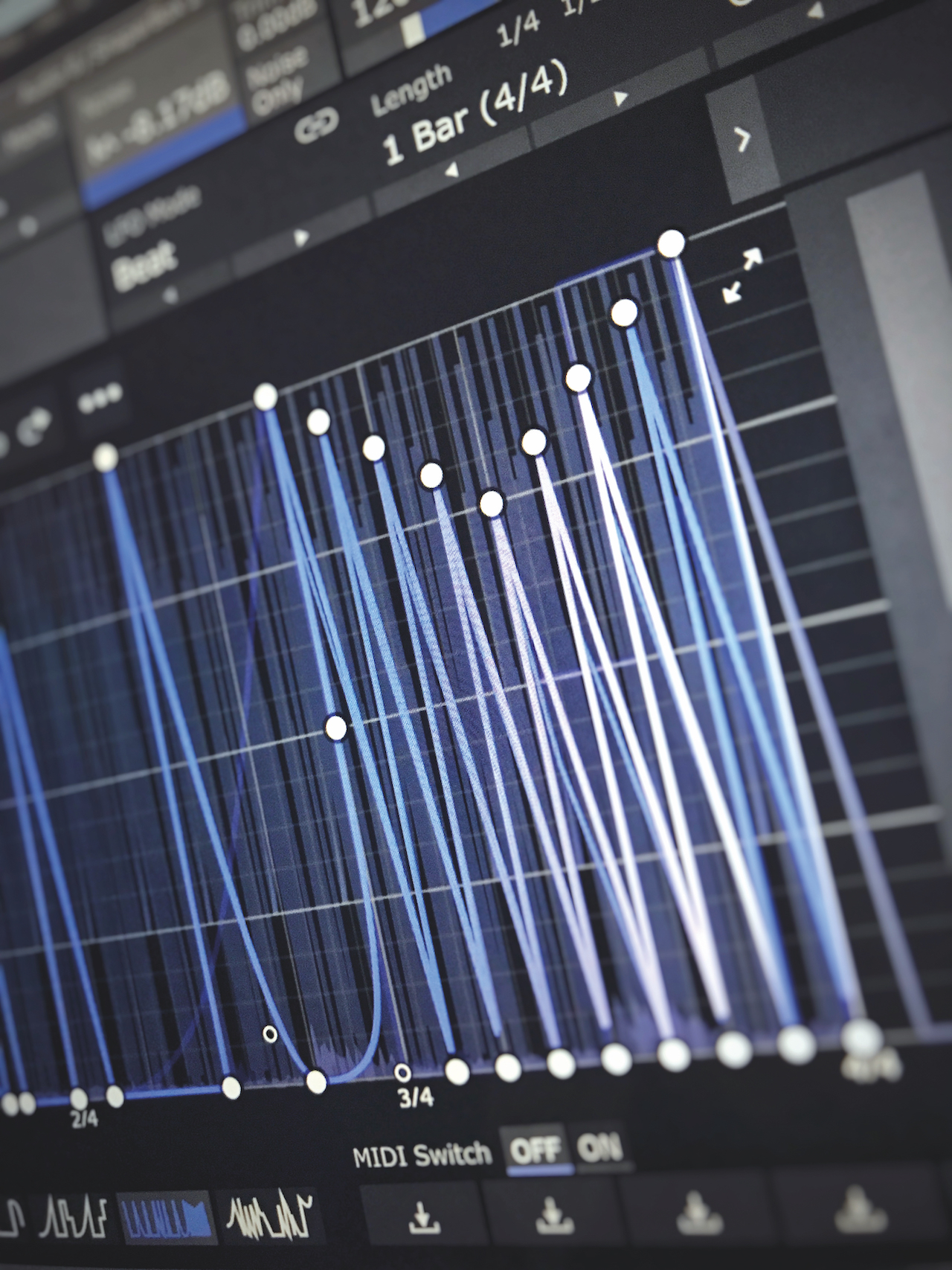
Katie May, head engineer at Real World Studios, agrees: “It can be muddy in terms of frequency and stereo image. Multiple guitars might be panned centrally and have too much low end that might sound great in solo, but when listening in context are battling with the bass and/or kick. I think a really important part of the mixing process is finding a defined space for each instrument to sit, and a lot of unmixed material I hear can sound very ‘mushed’ together.”
When I start with a demo I usually strip it back to vocals and then start bringing in parts individually
“For me, it’s where there are parts that overlap either sonically, rhythmically or harmonically,” agrees Rhiannon. “When I start working with a demo I usually strip it back to vocals and accompaniment and then start bringing in parts individually, and make a mental note of what needs looking at or rearranging. I always ask the artist for a reference list and their previous tracks to get an idea of where they’re coming from and where it is that they want to go.”
Real World Studio’s Tim Oliver advises simply to look past the mistakes of a demo: “By its nature, a demo is always missing the skills of a professional recording engineer and producer – it sounds rubbish and lacks a coherent sonic narrative. The skill of any producer, label bod or engineer is to hear past that and imagine what it can be.”
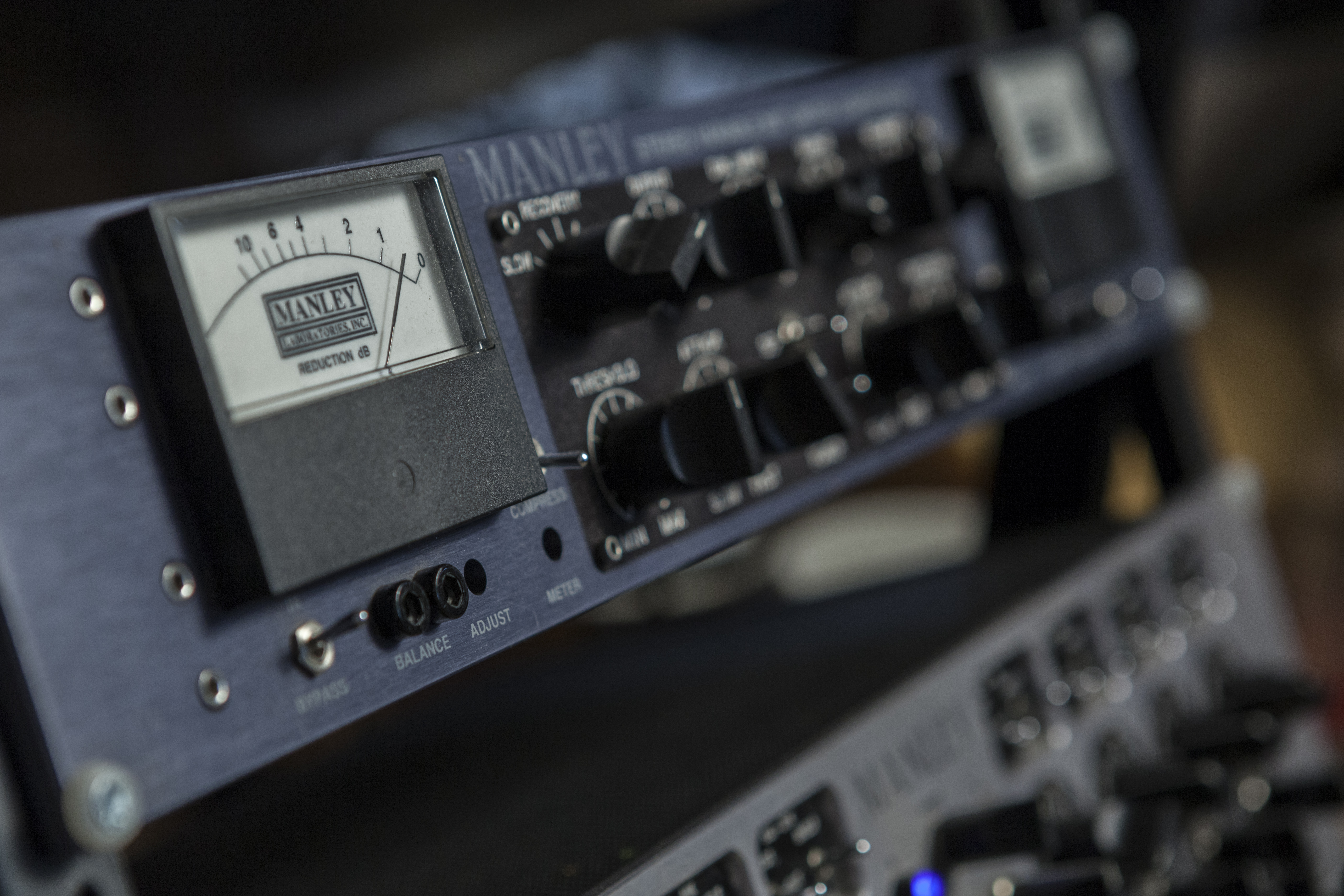
Mixing masterclass
Tim uses that ethos as the first step of his mixing process. The next, for him, is mixing the all-important vocal: “I work on the vocal, if there is one, to best enhance its nature, adding compression, EQ, colour/saturation, and space,” he says. “Everything has to hang around the vocal, so it’s good to have it sounding great for reference as you build the backing track.”
Mark Rankin has a very specific order to his mixing that we could all learn from. “I’ll get the heart of the song running, usually that’s drums and bass. With live drums, I start Tim uses that ethos as the first step of his mixing process. The next, for him, is mixing the all-important vocal.
“I work on the vocal, if there is one, to best enhance its nature, adding compression, EQ, colour/saturation, and space,” he says. “Everything has to hang around the vocal, so it’s good to have it sounding great for reference as you build the backing track.”
Mark Rankin has a very specific order to his mixing that we could all learn from. “I’ll get the heart of the song running, usually that’s drums and bass. With live drums, I start with the overheads and ambient mics as they contain the ‘air’ around a kit. Then I’ll bring in kick and snare and EQ and compress those so they’re solid. Bass is next and it’s important to nail how that interacts with drums. Same with guitars and synths, if they’re all working together it creates momentum and life in the song.

“Lead vocal is next,” he continues. “It needs to interact with the instruments but also have a clear space to thrive. This could be a small slap delay or short reverb that’s not distracting but makes the vocal better. Make sure the effects are suited to the style of the song and the emotion is showing through. If it’s a fast or busy song then maybe a long reverb isn’t helping.”
Katie May has a similar approach to a mix: “I start by getting a rough fader balance before moving onto each individual instrument. As a drummer I tend to start with the rhythm section, firstly making sure all of the drum mics are in phase. This is a really easy step to miss but can have an incredibly big impact on the final drum sound.
“It’s surprising how many mix files I get where the snare top mic is out of phase with the snare bottom mic. If they are out of phase, as soon as I flip it the snare will suddenly sound really natural and fat, meaning all I have to do is polish what I already have instead of fighting hard with EQs.
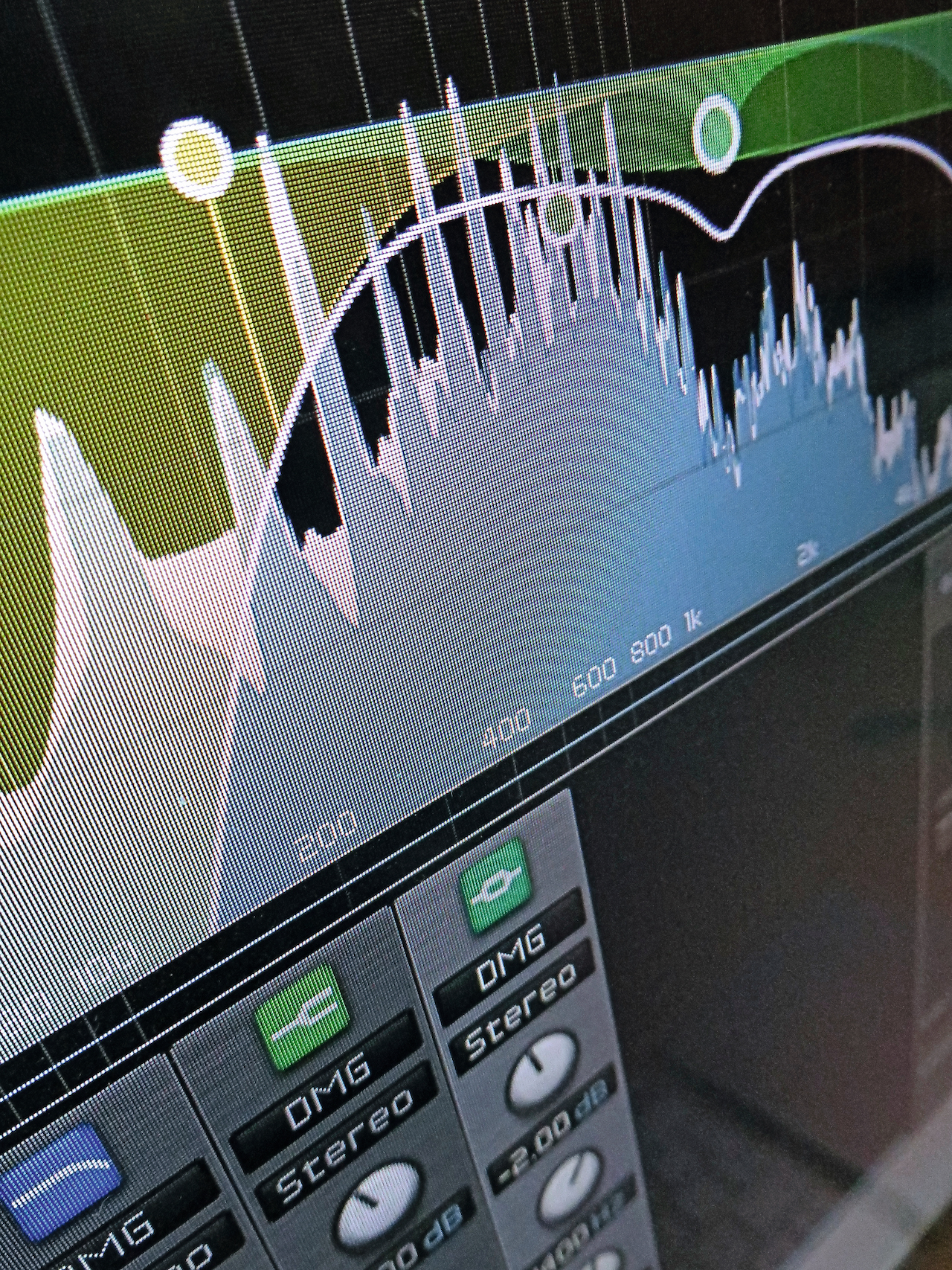
“Once the drums and bass gel, I’ll add in the supporting layers one by one, and tweak until it’s sounding good. This involves rolling off the low end of most elements while listening in context to avoid any unnecessary muddiness. I personally like to get the instrumental sounding ace by itself before mixing the vocals in, which might be a controversial take. That said, I truly don’t think there should be any rules to it, and if your method gets you the results you’re after then don’t question it!”
Which is great advice, but what do our experts believe is the one key factor that raises a demo from ‘demo’ status to ‘release’ ready?
Katie replies with: “It’s the mix engineer not being afraid to do extreme things like hard panning or extreme EQing. There are absolutely no rules to mixing, and if you’re not having fun with it then maybe think about changing up your workflow.
“It should be an exciting process: mangling guitars with distortion or old delays, or putting vocals through amp sims when you need a bit of extra grit – anything that makes your mix sound interesting, grabs the attention of the listener, and most importantly, serves the narrative of the song.”

Mark Rankin’s advice is to make sure the lead elements have space to shine. “If you have a killer vocal let the other instruments support that. Spend some time working on the atmosphere that you’re trying to create on the song.
“Ambience can transport the listener into the room with the band or artist. Automating instruments so that they come into focus when there’s space can help keep things simple and keep the listener engaged.”
Rhiannon’s tip is possibly the most interesting yet: don’t bin the demo! “Usually, some part if not all of the demo ends up in the final track and I can’t count how many times I have used demo vocals in the final version.”
Tim’s advice is more abstract but no less interesting: “I think the magic happens when you find the glue that makes the piece work. This is key and isn’t always one thing. It can be finding the tonal centre of the track, the motor of the groove, or the energy of the vocal. Something will make it resonate and the skill is finding that and building around it.”

So there you have it, practical advice, hands-on tips, more philosophical thoughts and some mixing magic to help take your demos from ordinary to extraordinary. But before we go, the end of the feature seems as good a place as any to ask our panel how they know if a mix or piece of music is done?
Katie May: “I listen to lots of music in the car so am very used to the sound of it, and find it a really good way of judging how the low end translates across different systems. If I find myself getting excited by the way it sounds while I’m driving to work then the mix is probably done. As soon as your body reacts positively to a mix then you’ve done your job.”
And finally the sagest words on finalising a mix come from Tim Oliver: “A mix is never done, only ever abandoned. My tip would be – shut down and go to the pub.”
Template essentials

Common features in templates include creating tracks for favourite instruments with colour codes used across all of your projects, so you quickly get used to knowing where your parts are. Then add section markers for intro, verse, chorus, bridge and so on. If your DAW allows for instrument graphics, you can use these as well as using colours (or instead of).
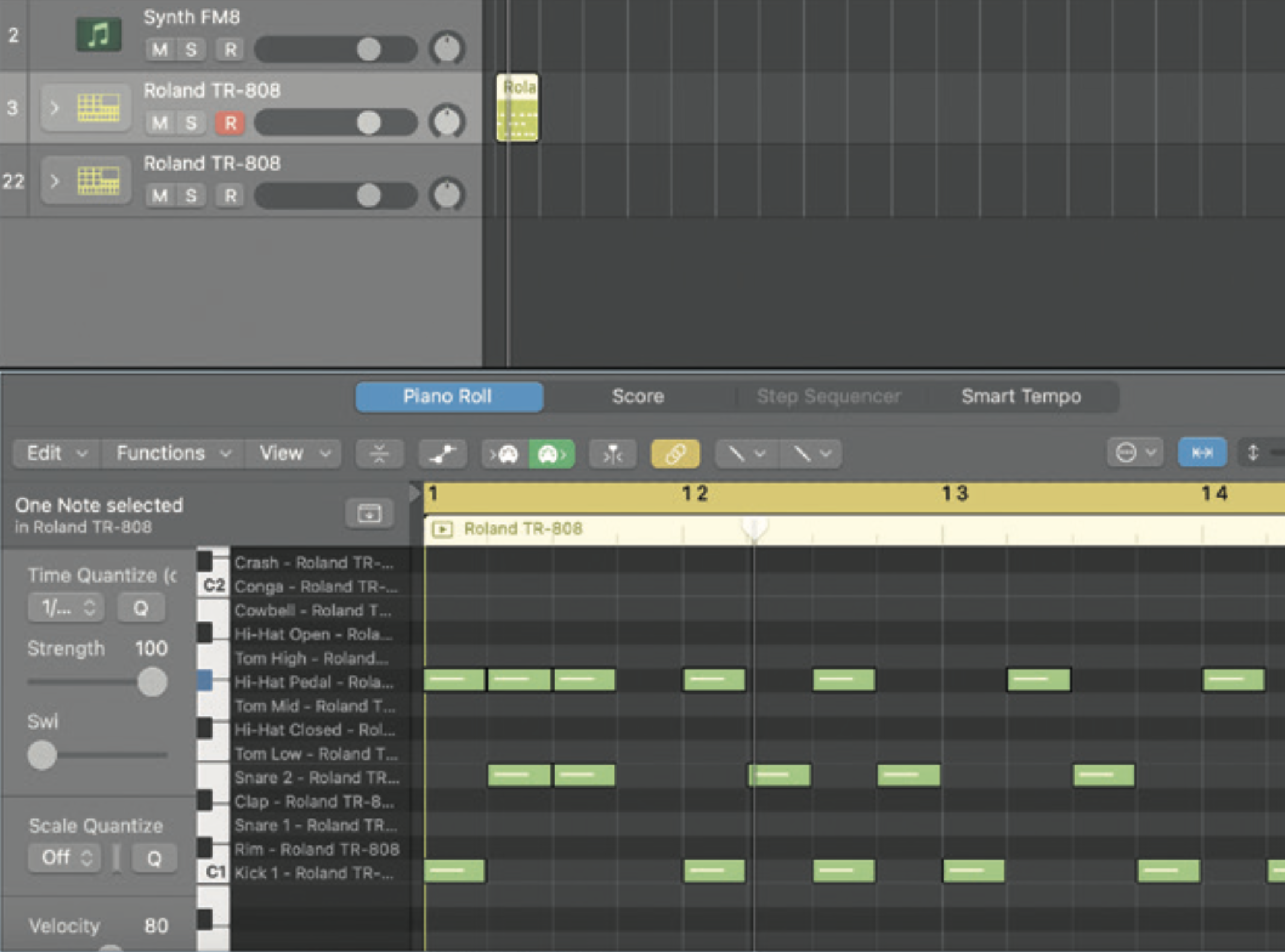
For drums, load in your favourite kit or drum machine plugin. For dance producers having your favourite kick (or kicks) on hand in a sampler is always a great idea, or even have favourite kick patterns and loops already set up on audio channels either as audio or MIDI files.
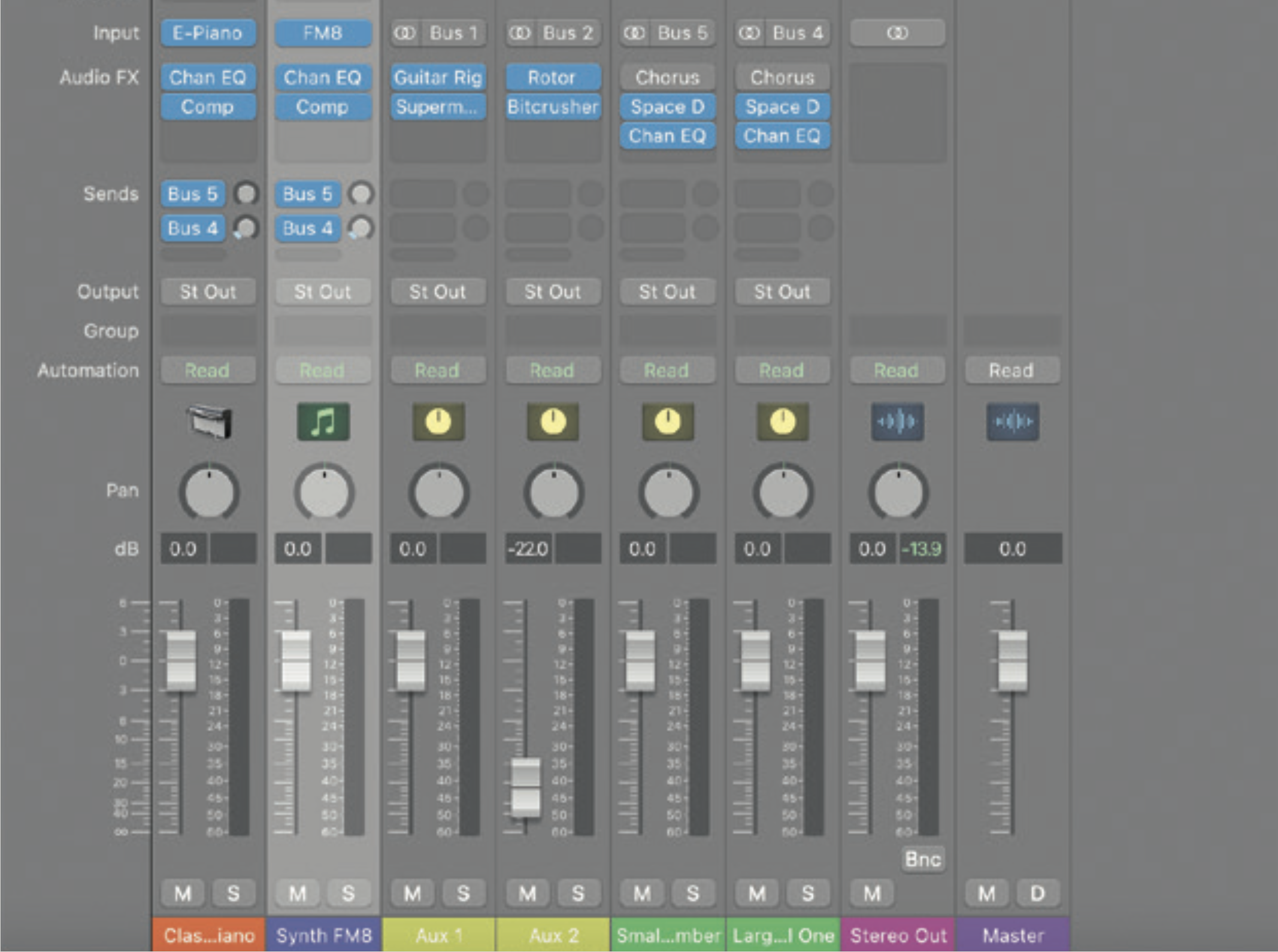
If you’re recording vocals and guitars, you could set your audio input channels up with EQs, compressors, exciter and de-essers for the former, adding amp sims, expanders and limiters for guitar parts. And while we’re talking effects, some producers advocate setting an EQ and compression up on every channel in their template, and having more creative effects set up as different sends – basic reverbs, delays and so on.
Mark Rankin
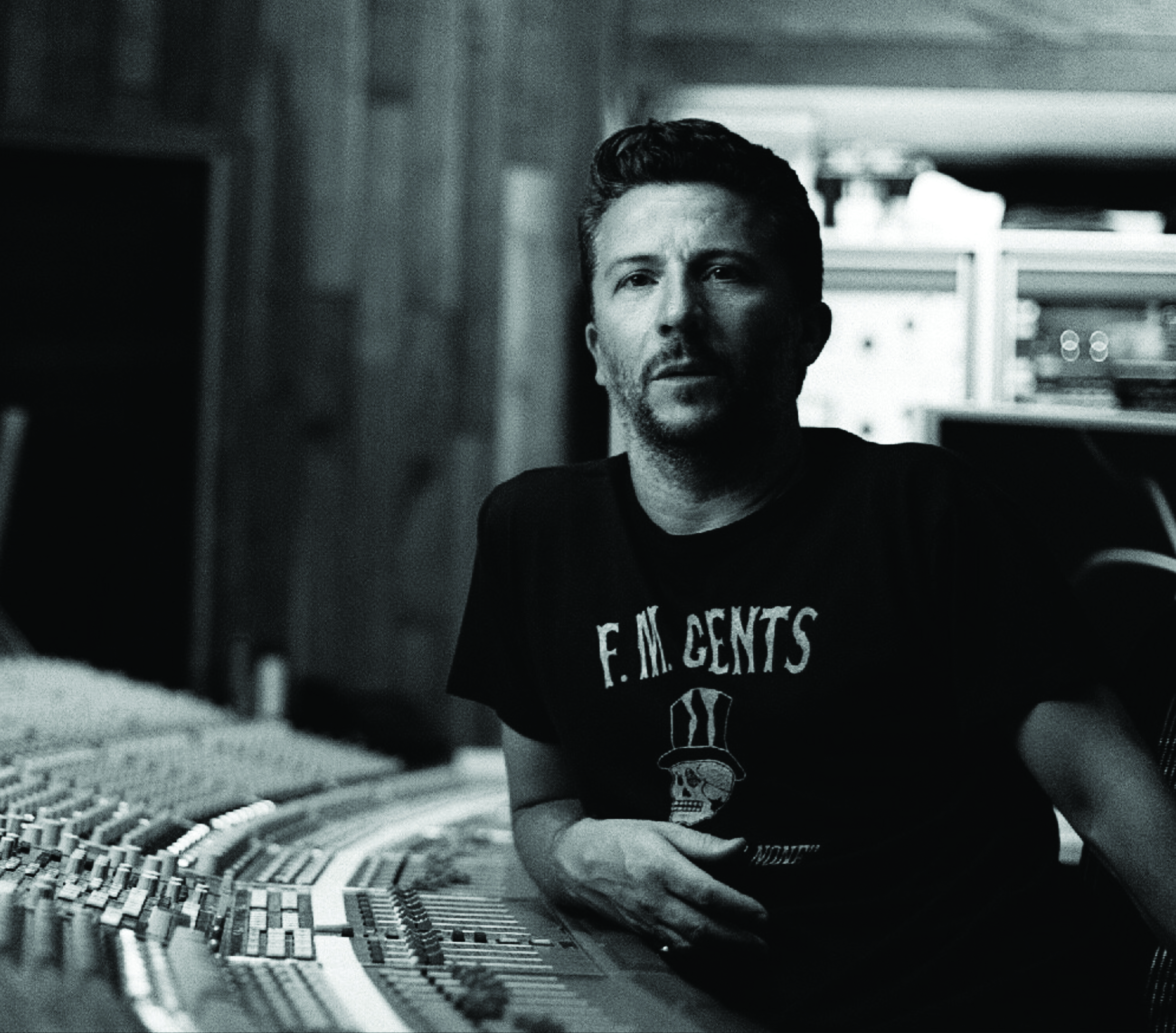
Double Grammy-award winning producer and engineer Mark Rankin has recorded some of the finest vocalists in history including Adele, Florence Welch, and CeeLo Green.
His very first sessions were with Basement Jaxx a couple of decades ago, but he is now based in LA working on albums with everyone from Harry Styles to Delta Goodrem, and he is one of the regular studio cohorts for Queens of the Stone Age.
Mark Rankin's 'hype bus'
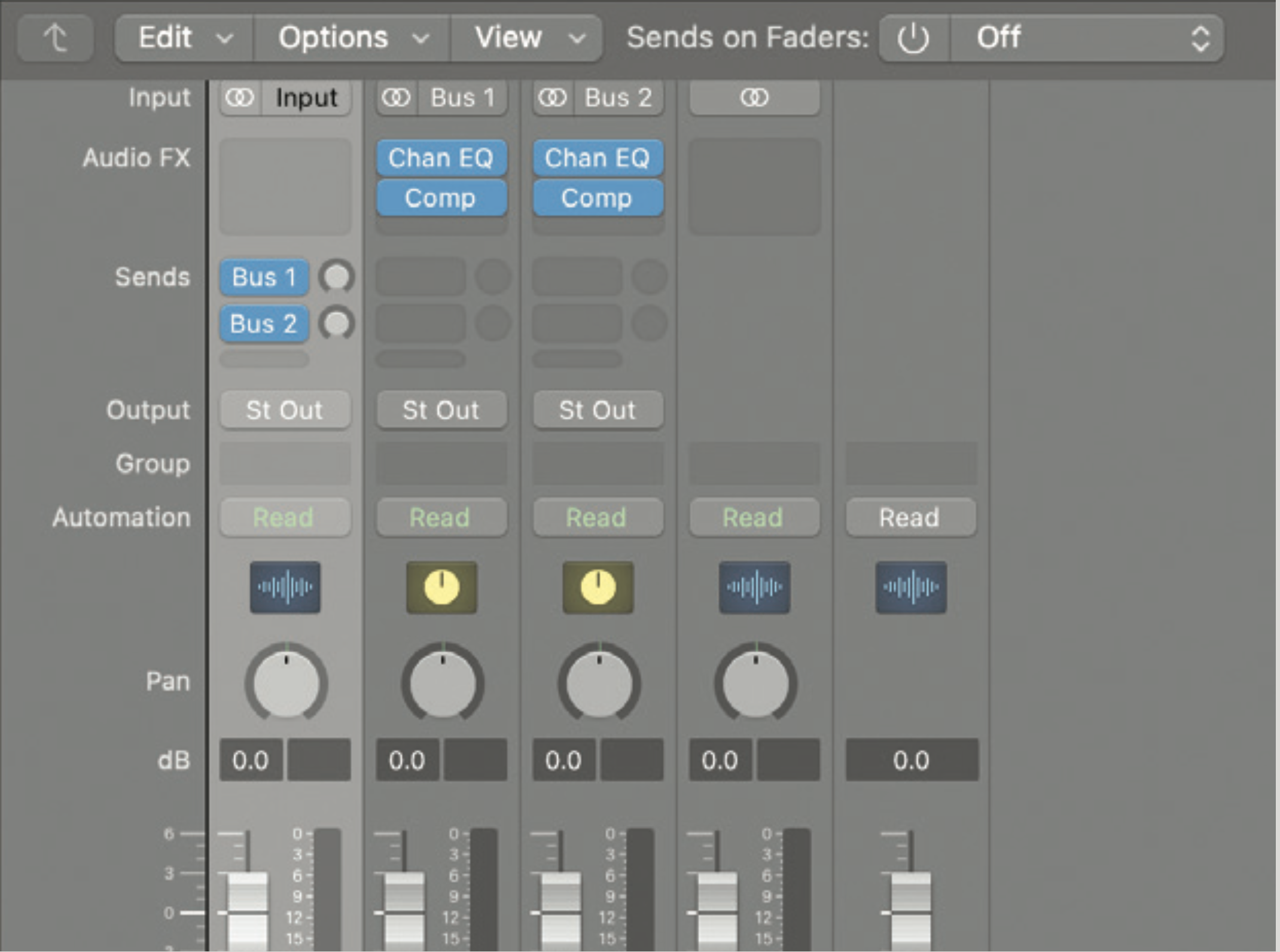
“A good trick is the hype bus,” says Mark. “With drums, for example, route all of them to a dedicated bus (bus 1). This can have EQ and compressor, but nothing too extreme. Then make a copy of that bus (bus 2).”

“Mute bus 1, and on bus 2 add +8dB at 60Hz and +8dB at 12kHz on the EQ, then go extreme on ratio and threshold on the compressor and play with attack and release until it’s pumping and super exciting.”
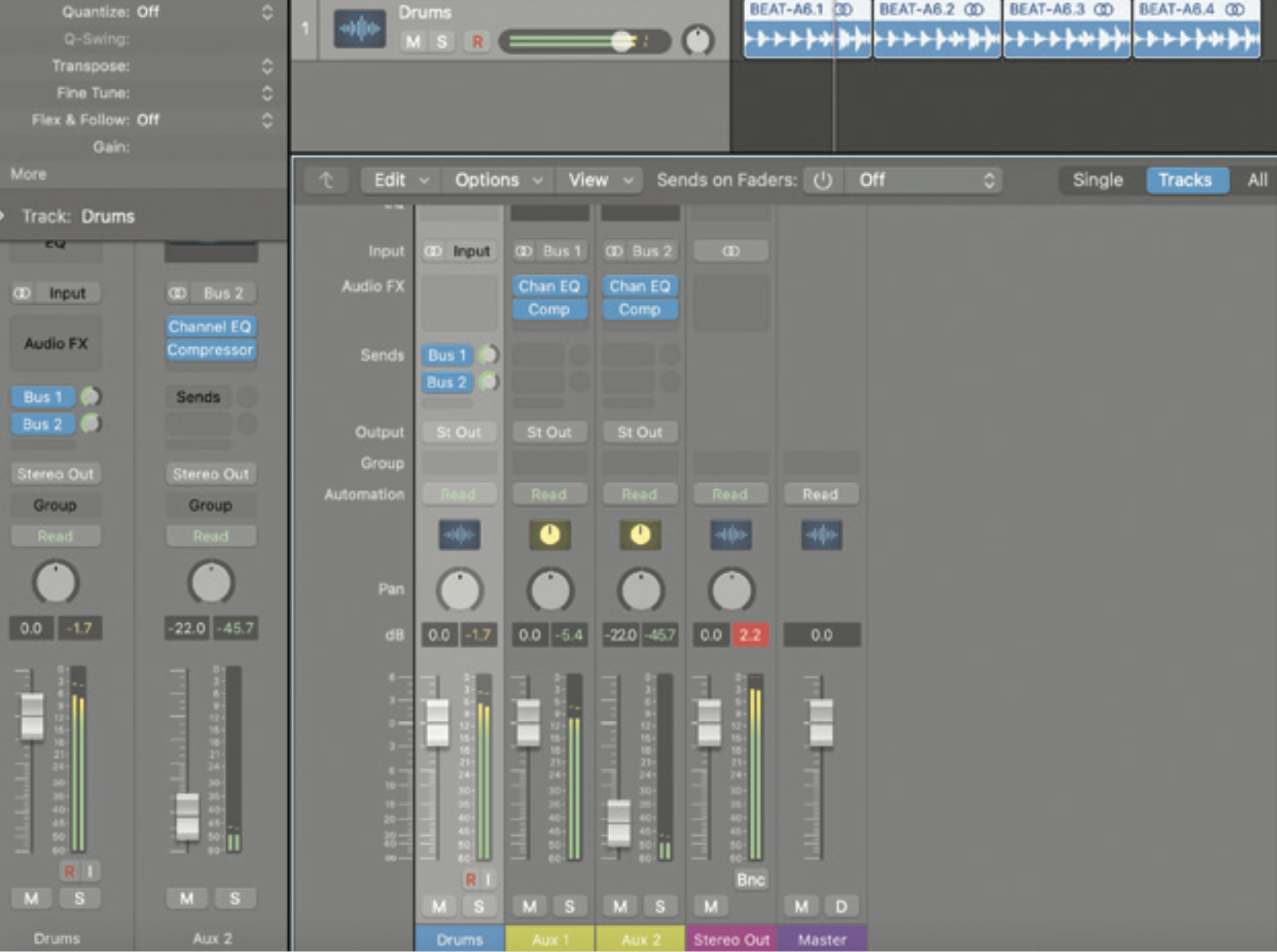
“Bring down the fader on bus 2, unmute bus 1 and then slowly add bus 2 in. You can try this out on other instruments and vocals too. One rule, to avoid phase issues, is to keep the same plugins on each bus.”
Katie May
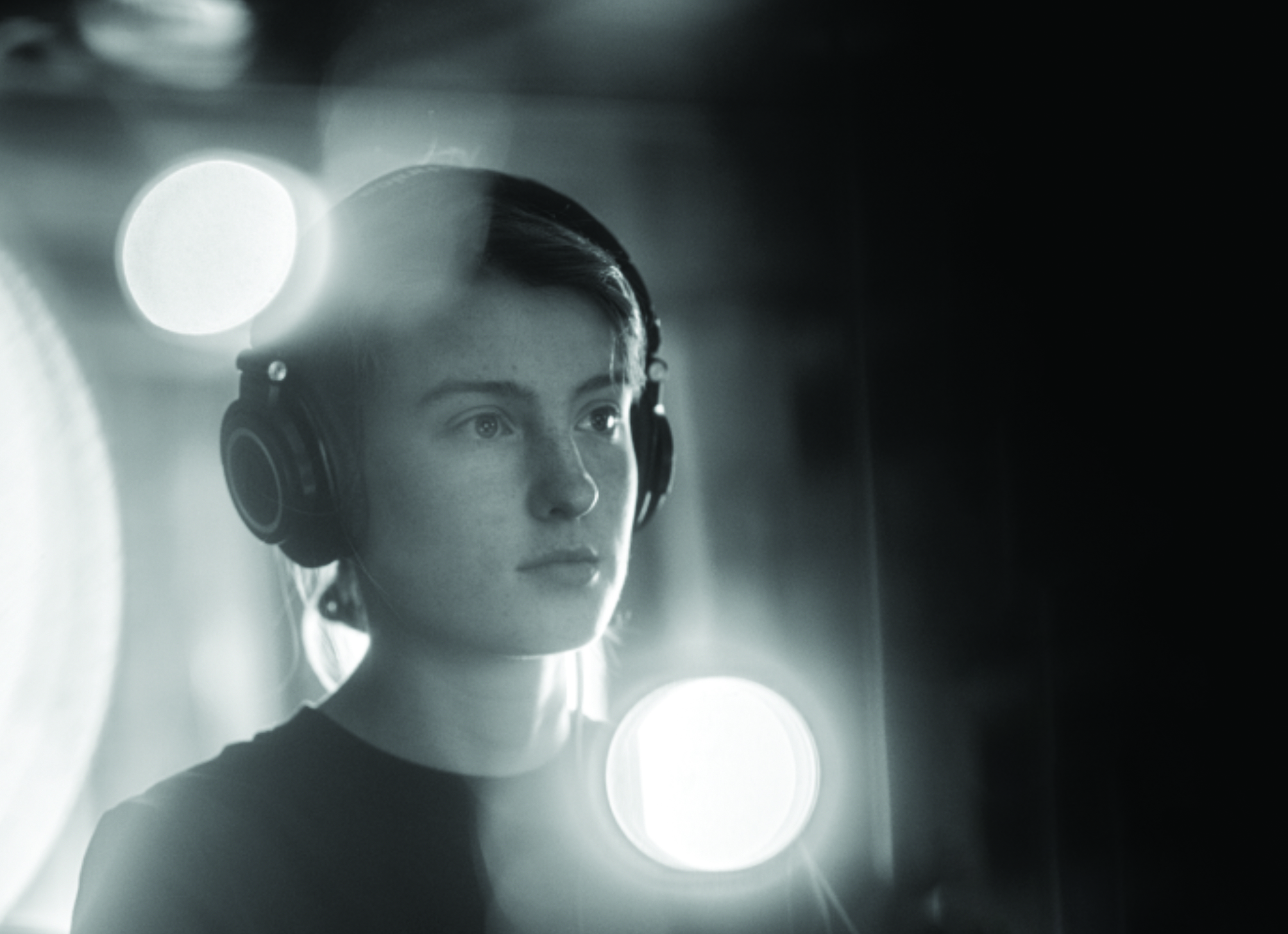
Katie is head engineer at Real World Studios, having joined the facility after an internship year while she was studying on the Surrey university Tonmeister course.
Her engineering credits include work for Gabrielle Aplin, Tom Jones, Peter Gabriel, The Breath, Tom Chaplin, Wilkinson, Bab L’Bluz, Anne-Marie, Clive Deamer, Martha Lewis and Piglet. She has also worked on sessions with many other artists including The 1975, Foals, Maggie Rogers, Elbow, Florence + The Machine, Hannah Peel, Roger Waters and Sub Focus.
Katie May’s vocal mixing techniques

“When mixing vocals, don’t be afraid of compression, especially if you’re going for that upfront pop sound. You can get away with a surprising amount of gain reduction without the vocal sounding too squashed as long as you set your attack and release times carefully.”
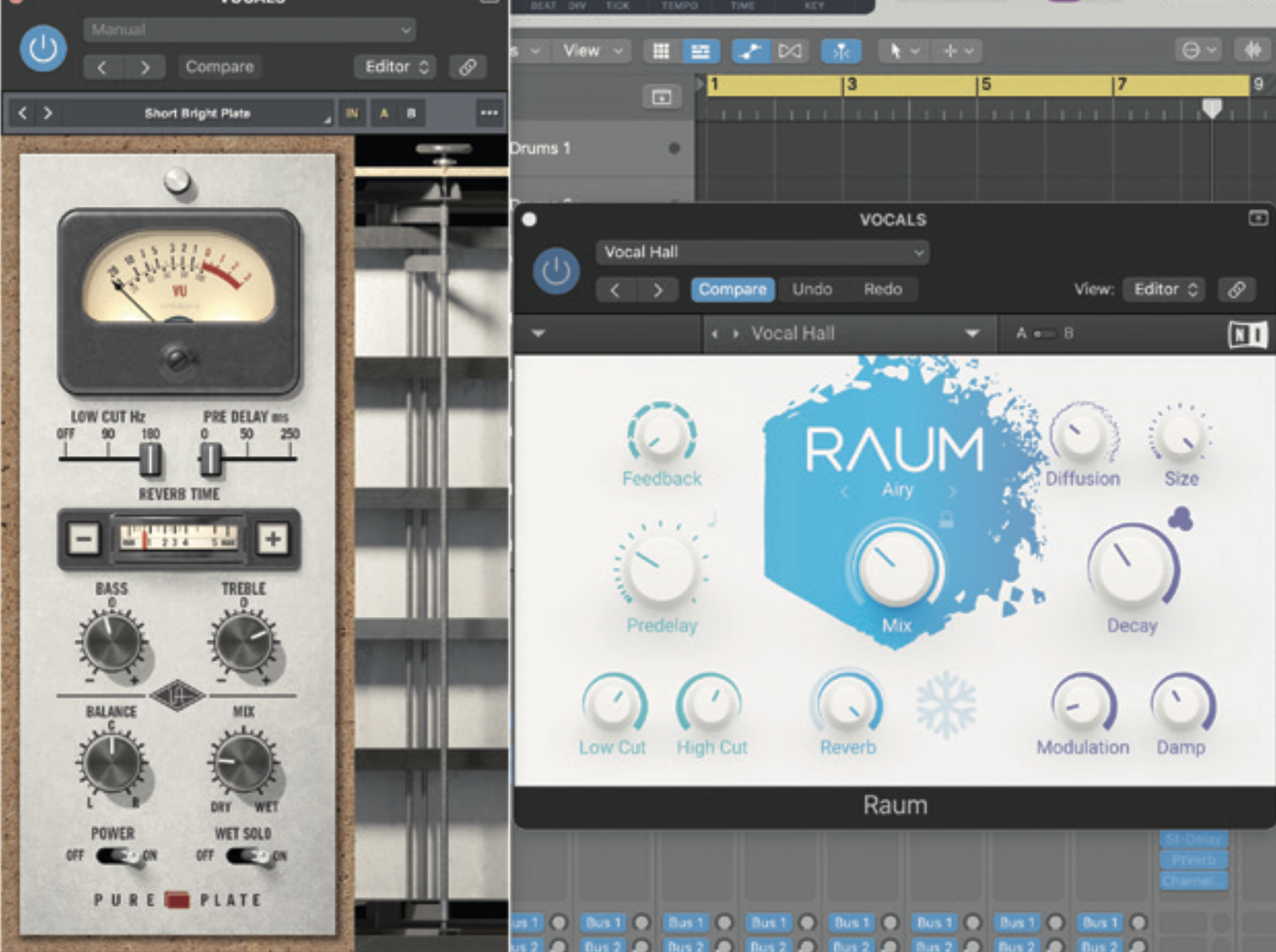
“I would suggest you play around with multiple reverbs to get a vocal to sit in a mix well. I often use a shortish plate as the main reverb for vocal and then combine that with a longer hall type of reverb that is low in the mix to get it to gel with the rest of the track.”
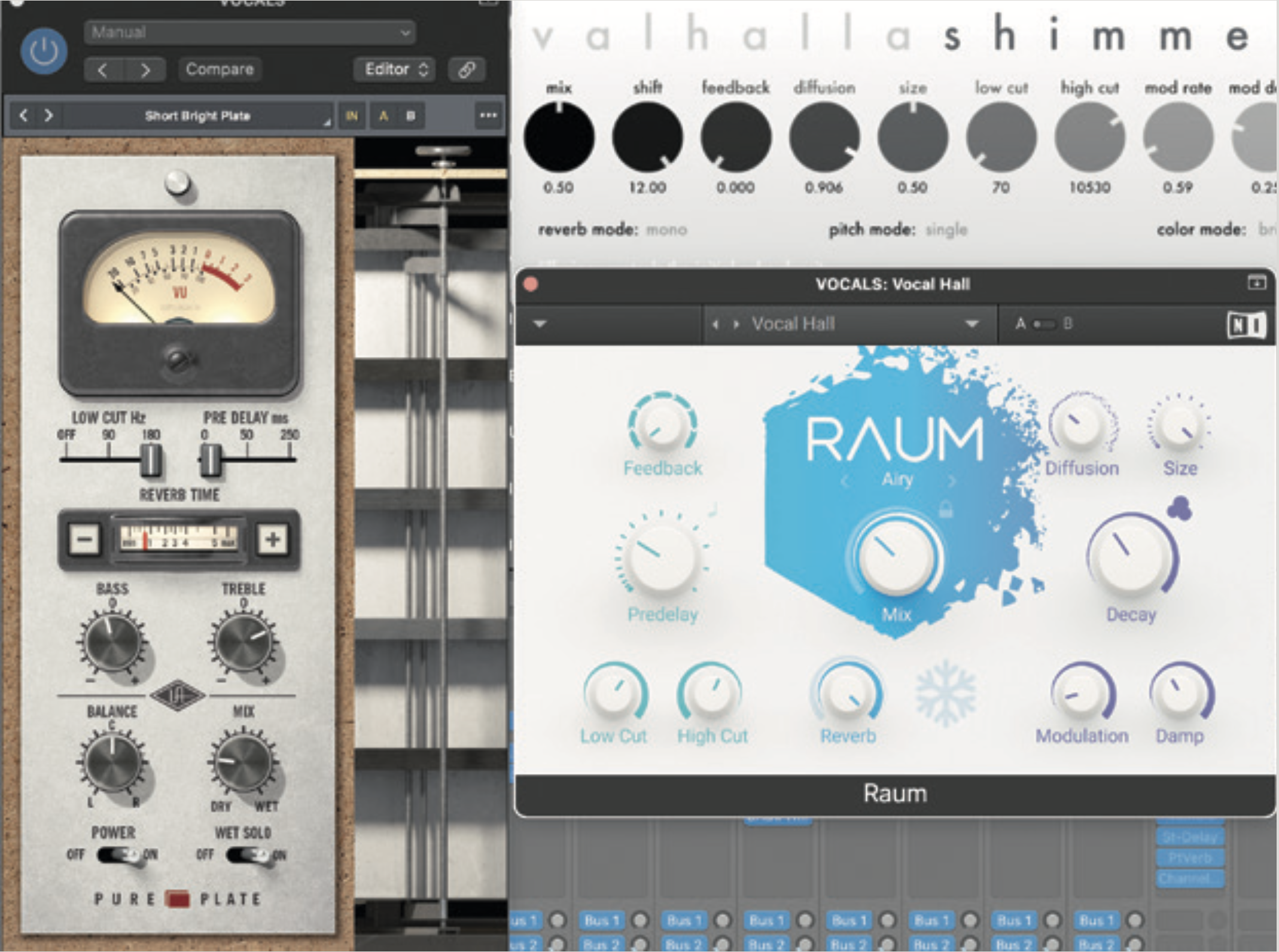
“Even a really subtle instance of Valhalla Shimmer with those two works well if it’s not overdone. To me it’s the kind of thing where you’d notice something’s missing if you muted the hall and shimmer ’verbs but you wouldn’t know what that something is. They really should just be supporting elements.”
Katie May’s width trick
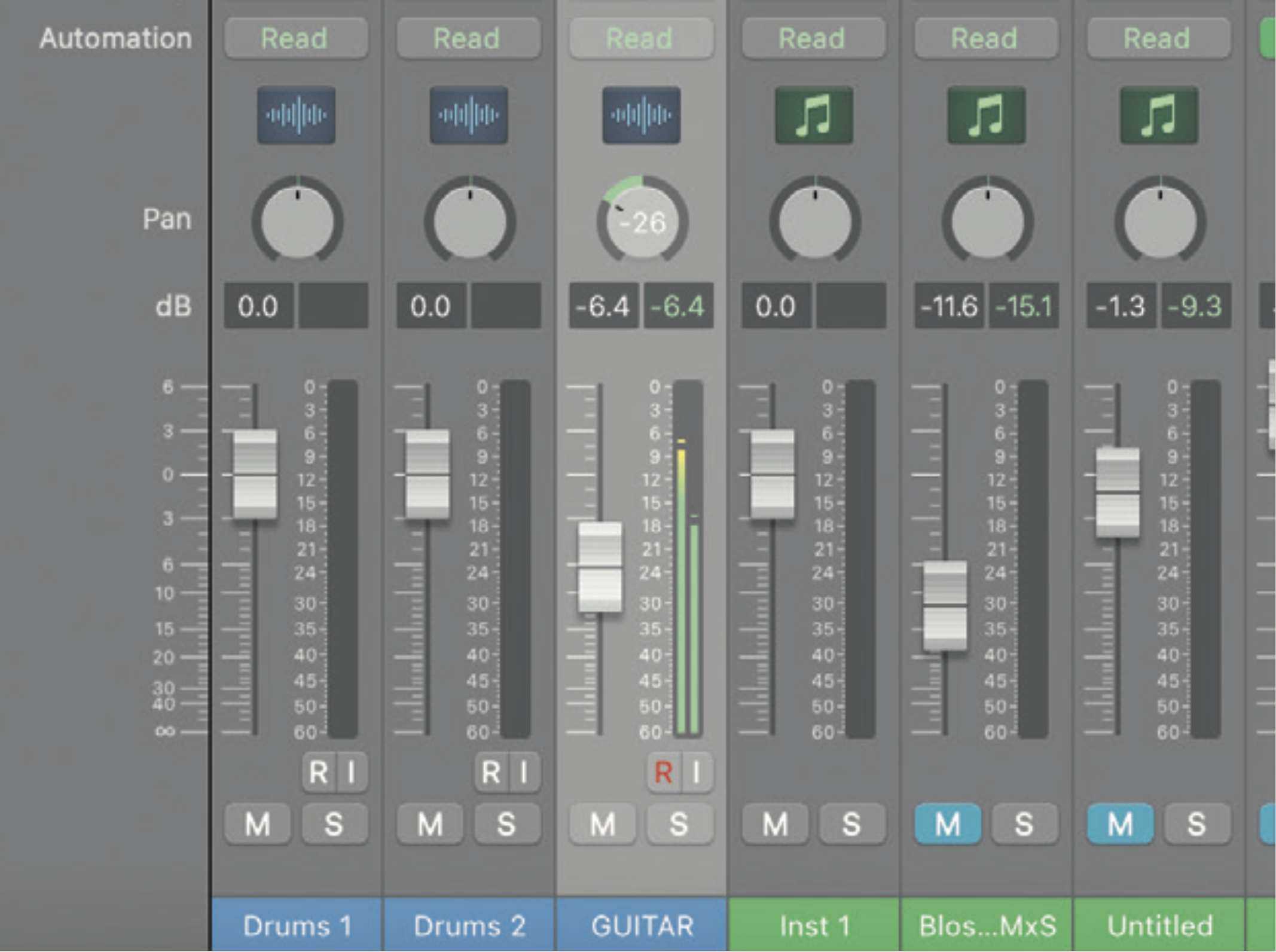
“An easy trick to create a natural sense of space in a mix is to first pan an electric guitar further left or right than you’d normally feel comfortable with.”
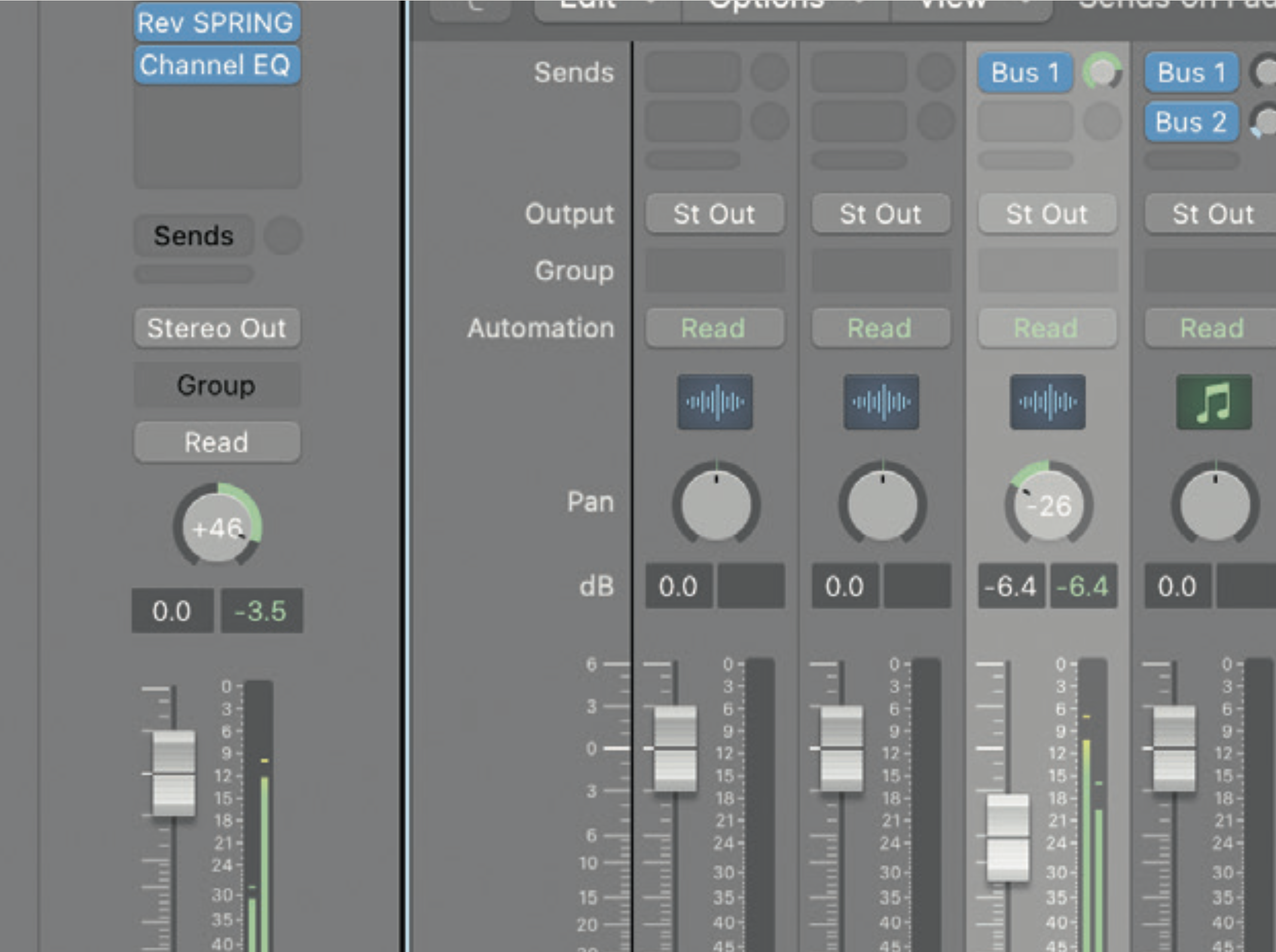
“Then offset that with a reverb send to the opposite side. I personally love having dark spring reverbs on guitars that are panned to the opposite side to the dry track.”

“You can then control the level of the spring until there’s a good balance of width and space for the track. Instant width when you’ve only got one guitar track to work with!”
Tim Oliver
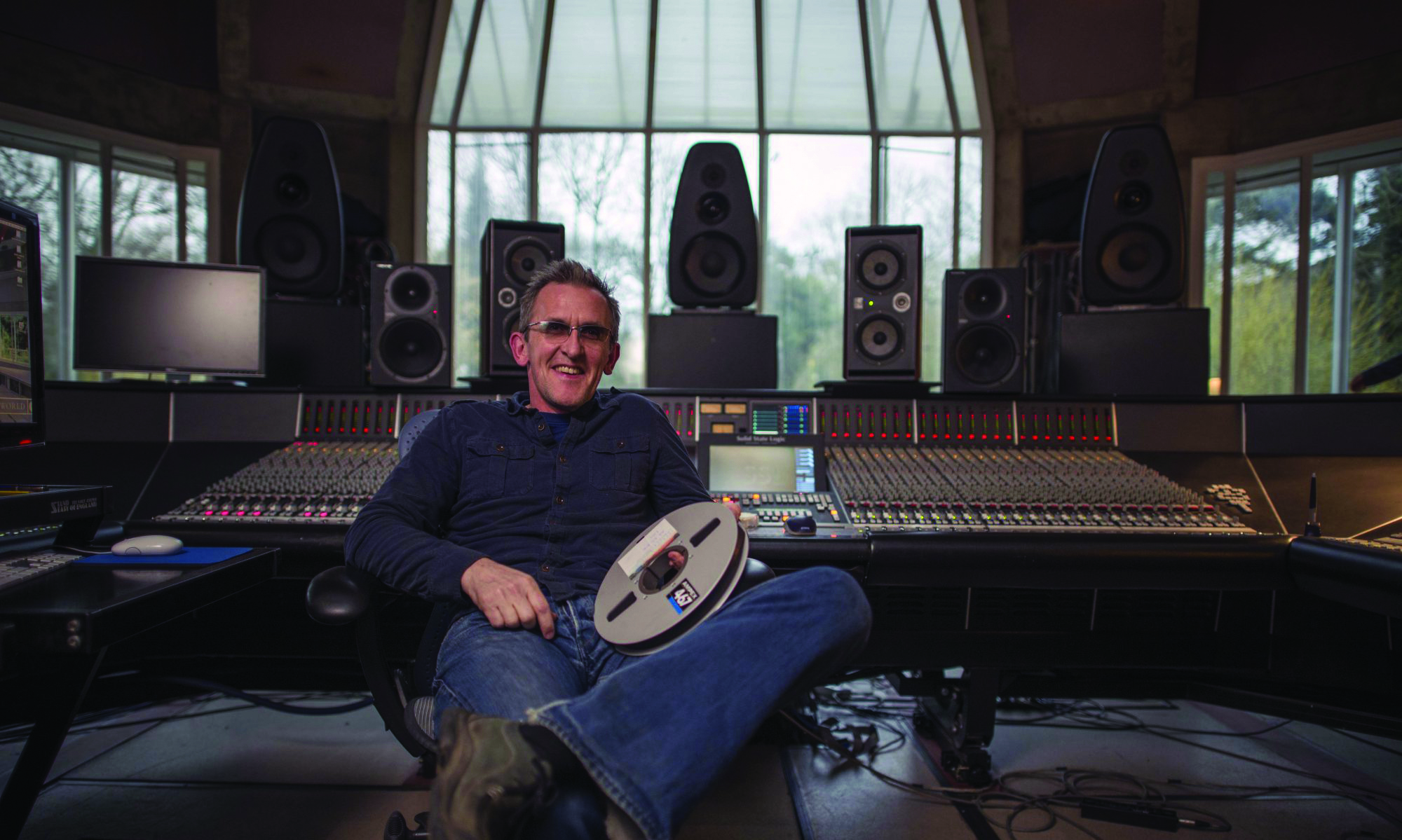
Tim is senior consulting engineer at Real World Studios, and also runs his own successful studio on the campus.
He has worked alongside a huge number of high profile artists and bands over a 35-year career, including New Order, ACR, Stone Roses, Happy Mondays, Robert Plant and Sinéad O’Connor. He also oversees Real World’s Producer Camps during which musicians, writers and producers of all abilities get together to record over several residential sessions in Real World’s incredible ‘Big Room’ studio.
Rhiannon Mair

Producer, engineer, songwriter and drummer Rhiannon Mair has been immersed in music production on just about every level after being nominated for Breakthrough Engineer and Producer at the 2019 MPG Awards.
Not only has she worked with artists including Laura Marling, Bryde, Kimberly Anne, Charlotte Clark, Laura Brehm, Martha Hill, Natalie Shay, and Emma McGrath – with the resulting music on Radio 1, 6 Music, and Spotify – but she also produces music for film and TV, including shows for the BBC, Netflix, Sky, and Channel 4. Current projects include an EP for LANTA and production music for Universal Music. She is also the co-founder of music publishing company Palm Bay Music.


Andy has been writing about music production and technology for 30 years having started out on Music Technology magazine back in 1992. He has edited the magazines Future Music, Keyboard Review, MusicTech and Computer Music, which he helped launch back in 1998. He owns way too many synthesizers.
